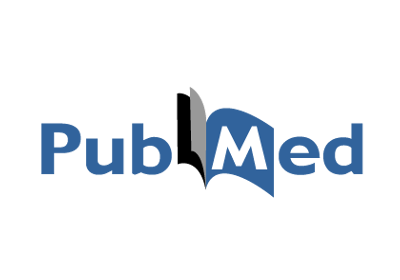Publication Spotlights
Congratulations on our team's most recent publication achievements!
 A recent publication on teaching palliative care to neurology residents at UMass in a simulated setting showcases the collaboration between palliative care and neurology in a recent article published in Neurology Journal titled Curriculum Innovations: Enhancing skills in serious illness communication in Neurology Residents Using Simulation:
A recent publication on teaching palliative care to neurology residents at UMass in a simulated setting showcases the collaboration between palliative care and neurology in a recent article published in Neurology Journal titled Curriculum Innovations: Enhancing skills in serious illness communication in Neurology Residents Using Simulation:
Read the article published by UMass Chan News, https://www.umassmed.edu/medicine/research/researchers-in-the-news/palliative-care-and-neurology-collaborate-to-develop-curriculum-that-aims-to-improve-serious-illness-communication-skills-for-neurology-residents/
November 2024
Author, Raphael Carandang, contributed to the November 2024 publication in Neurology Education journal titled, Education Research: The Neurohumanities in Training, Integrating a Humanities Curriculum Within Neurology Residency Programs.
October 2024
Author, Bridgette van Zundert, last author, of the October 2024 publication in Molecular Medicine journal titled, Skeletal myotubes expressing ALS mutant SOD1 induced pathogenic changes, impair mitrochondrial axonal transport, and trigger mononeuron death.
Author(s), Adalia Jun-O'Connell, Brian Silver, Eliza Grigoriciuc, Akanksha Gulati, Kimiyoshi J Kobayashi, Nils Henninger, of the October 2024 publication in Neurology Clinical Practice journal titled, Association between LACE+ Index Risk Category and 90-Day Mortality After Stroke
Authors, Lisa L Hall,Kevin M Creamer,Meg Byron,Jeanne B Lawrence of the October 2024 publication in Nucleas journal titled, Cytogenetic bands and sharp peaks of Alu underlie large-scale segmental regulation of nuclear genome architecture
Author, Christopher C Hemond, first author of the October 2024 publication in MedRxiv journal titled, Paramagnetic Rim Lesions are Highly Specific for Multiple Sclerosis in Real-World Data
Authors, Drs. Bahadar Srichawla, Maria A Garcia-Dominguez, of the October 2024 publication in World Journal of Clinical Cases titled, Spectrum of delayed post-hypoxic leukoencephalopathy syndrome: A systematic review
Author, Marcey Osgood, MD, first author of the October 2024 publication in Neurology Education journal titled, Curriculum Innovations: Enhancing Skills in Serious Illness Communication in Neurology Residents Using Simulation
September 2024
Author, Kara Smith, MD, last author of the September 2024 publication in The Journal of Speech, Language, and Hearing Research titled, Variability in Vowel Space in Parkinson's Disease: Association of Cognitive and Motor Impairment
Author, Sheldon Benjamin, MD, of the Winter 2024 publication in September 2024, in Neuropsychiatry of Clinical Neuroscience titled, Dual Residency Training in Neurology and Psychiatry: History and Current Practice - PubMed (nih.gov)
Author, Carolina Ionete, MD, PhD, last author of the September 2024 publication in Scientific Reports titled, Targeted proteomics of cerebrospinal fluid in treatment naive multiple sclerosis patients identifies immune biomarkers of clinical phenotypes
Author, Nils Henninger, MD, PhD, co-author of the upcoming September 2024 publication in Journal of Stroke and Cerebrovascular Diseases titled, "Risk factors for MACE and bleeding in atrial fibrillation patients undergoing surgery: Insights from the bridge trial."
August 2024
Author, Brenda Wong, MD, last author of the August 2024 publication in Muscle and Nerve Journal titled, "Appendicular lean mass index and motor function in ambulatory patients with Duchenne muscular dystrophy."
Author, Christopher Hemond, MD, first author of the August 2024 publication in Neuroimaging Clinics in North America titled, "New Imaging Markers in Multiple Sclerosis and Related Disorders: Smoldering Inflammation and the Central Vein Sign."
July 2024
Authors, Kevin Houston, OD, AM Barrett, MD, of the July 2024 publication was picked up by The Conversation, titled, "Stroke survivors may be saddled with an invisible disability known as spatial neglect - but a simple treatment offers significant improvement."
Author, John Landers, PhD, last author of the July 2024 publication in Nature Genetics Journal titled, "Systematic rare variant analyses identify RAB32 as a susceptibility gene for familial Parkinson's disease."
Author, Nils Henninger, MD, PhD, last author of the July 2024 publication in American Journal of Neuroradiology (AJNR) titled, "Hypoperfusion Intensity Ratio Is Associated with Early Neurologic Deficit Severity and Deterioration after Mechanical Thrombectomy in Large-Vessel Occlusion Ischemic Stroke."
